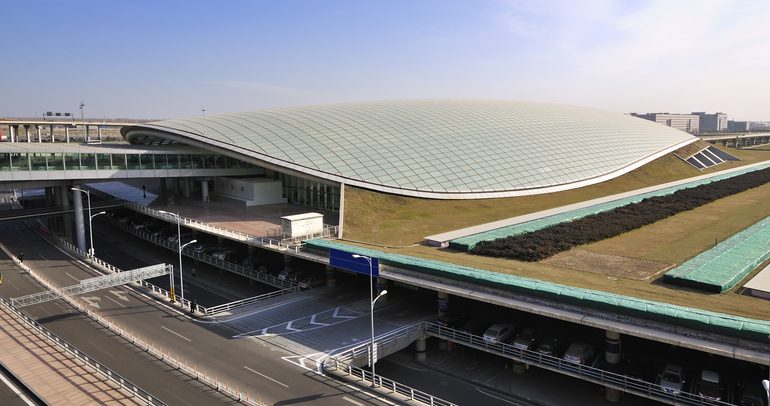The best way to visit the Belgian coastline is to take the Coastal Tram or De Kusttram, as it is called in Dutch. The Coastal Tram is a public transport service connecting towns and villages along the entire Belgian (West Flanders) coast, between De Panne near the French border and Knokke-Heist near the Dutch border.
At 67 kilometers (42 miles) long, it is the world’s longest streetcar/light rail line currently in operation, as well as one of the few inter-city tram lines in the world still in operation. The line is built on 1,000 mm gauge track and fully electrified 600V DC.

The first route between Ostend and Nieuwpoort was opened in 1885, although the original route was further inland than the modern one and only short sections of the original route in the centers of Ostend and Nieuwpoort are still in operation.
At its inception, the line was operated by the NMVB (National Company of Light Railways), which operated an interurban streetcar system throughout Belgium. In 1991, the NMVB / SNCV was split into two regional companies, one Walloon and the other Flemish, with the Flemish successor, the Flemish Transport Company De Lijn, taking over the operation of the coastal streetcar.
Since the end of the 19th century there is a tram that stops at every seaside resort. From the tram, visitors have a beautiful view of the many villages and towns on the coast. All beaches and places are easy to reach. Traveling by streetcar is therefore the best way to discover the entire Belgian coast. With a day pass visitors can get off anywhere.

A day ticket costs € 3.00, but there are even cheaper formulas: with an SMS ticket you pay € 2.10 (+ € 0.15 transaction fee) or if you travel several times with the Coastal Tram you can buy a 10-ride ticket for € 16.00. Then a ride only costs € 1.60.
Tickets can be purchased at a DeLijn shop (Lijnwinkel), from one of the sales points or from a vending machine. If the ticket office is closed, you can also buy your ticket on the tram, but it will be more expensive.
The tram is lowered in the middle which makes it easier to get on with a wheelchair, walker or baby carriage. Some stops are even equipped with a raised platform to facilitate wheelchair users and parents with strollers. For an additional € 2.00 you can take your bike on the tram. Note: you must board at the back. If the tram is too full you may not board with your bike.













